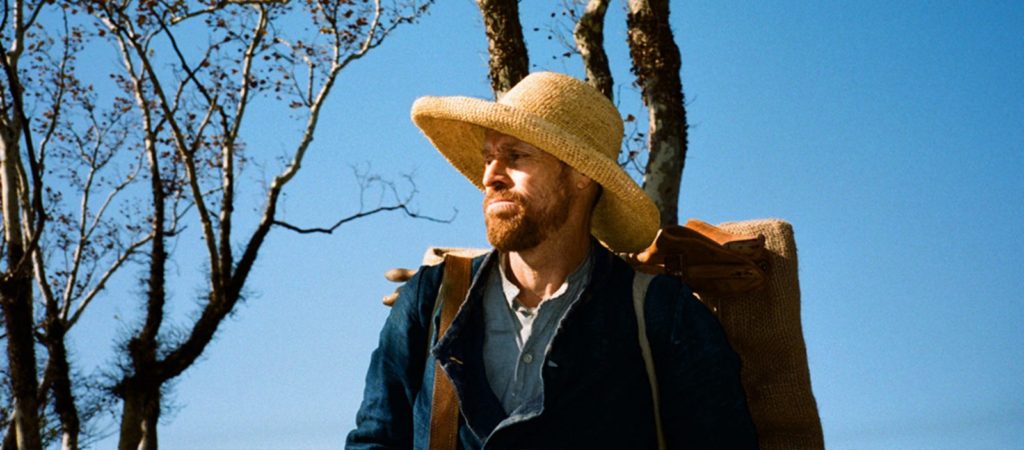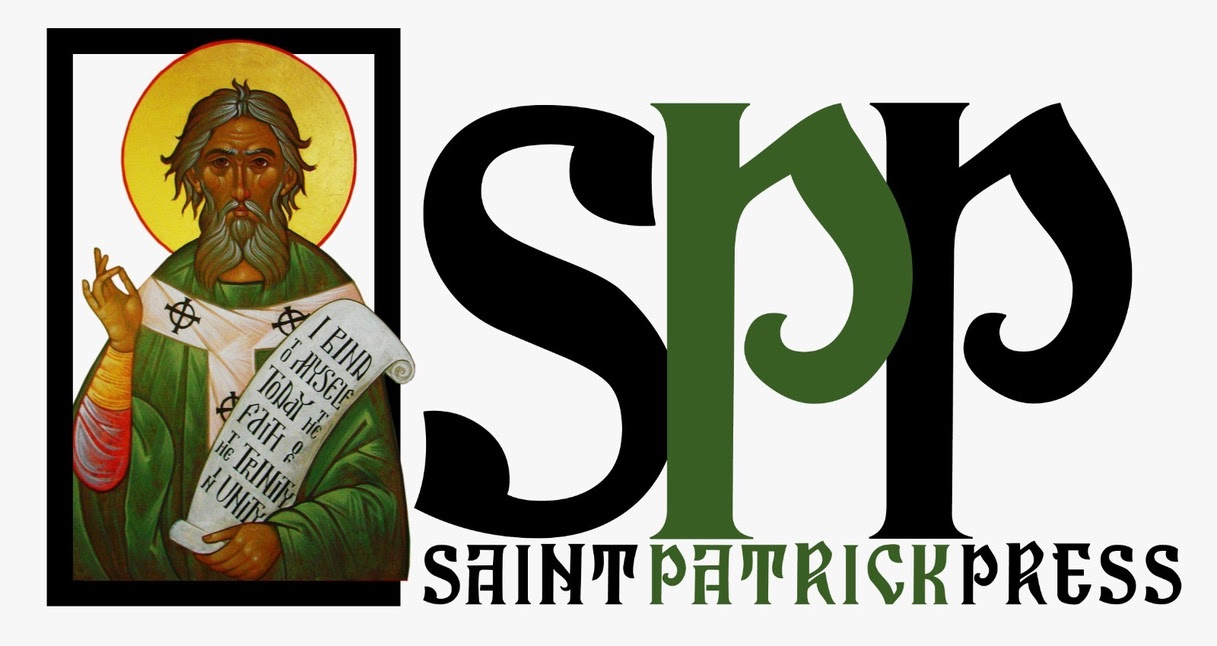Creating just doesn’t happen. We are endowed with capacities that many of us are not even aware of. We are created to see and create.
All creation, come praise the name of the LORD. Praise his name alone. The glory of God is greater than heaven and earth. Psalm 148: 13

Who Are You? Why Are You Here?
Identity has become an increasingly important subject of enquiry in our times. For some reason, Cartesianism has become mainstream: we come up with concepts, and somehow identify with them—whatever those concepts might be. “I think therefore I am a …” (fill in the blank).
Another philosophical framework that many identify with is some form of Darwinism: that who we are is simply an epiphenomenon of a set of random evolutionary processes marked by a particular fitness for survival—a process that unfolds in a universe without God.
Yet another model of identity is some form of humanism—transhumanism or otherwise. That to be human is merely to be the victim of some illusory deity that is vindictive and misanthropic, and who has imposed formidable limits on humans such as illness and death. Those who identify with this ideology envisage the human being as that which must be transcended and redesigned through advances in technology or otherwise. Hence the God that screwed things up is replaced by another god: the human being that somehow makes things right, that somehow is able to transcend the limitations imposed on it by God. One of the sad things about transhumanism is the claim that this malevolent God somehow left humans without the operating manual for living. Hence, the human, in the words of Jean-Paul Sartre, must create its own essence out of the sludge and inherent meaninglessness of existence.
These and other philosophical frameworks have a limited vision of man: either some kind of ‘thinking machine’ (Descartes) or a random being emerged from an evolutionary soup, or one thrown into an indifferent cruel world that must somehow survive by inventing itself. The question “Who am I?” is given a very poor answer, one that might seem compelling on the surface but really doesn’t hold out hope for us humans.
Christianity, through the teaching found in the Bible and the doctrines of the Church and the writings of its Fathers, holds out the most compelling holistic dynamic vision of man. And this vision of man is the point of departure for all of life, including, for our purposes, the creation of art.
The Crown of Creation
The vision of man as stated in the Bible and through the teachings of the Orthodox Church is beautiful and poignant. Here are a few characteristics as found in Jean Claude Larchet’s deeply insightful and inspiring book The Spiritual Roots of the Ecology Crisis …
- Man was created and modelled in the image and likeness of God (Genesis 1:26-27), which is not the case for any other being in nature. Man is in the image of God especially through his intellect, his reason and his will, his capacity for self-determination. He is also in the likeness through the virtues that dwell in him, at first as seeds which he is personally called to cultivate.
- For this reason, man is not just a microcosm, but a microtheos—a little god, as St Gregory of Nyssa asserts. If he weren’t, he would be swallowed up in nature as merely one of its components. Thus man is another universe within the universe, albeit great in his lowliness.
- Man is crowned by God as king of creation, and it is precisely for this reason that he is created last of all the creatures. St Gregory of Nyssa writes that the world is like a great banquet that is prepared to which the guest of honour is invited to partake of its bounty.
- Thus man in his essence is part of nature, a creature and microcosm, and also the image and likeness of God. His vocation is to unite within himself the extremes of the created world, and to bring all creatures to God in contemplation and thanksgiving, imparting to the created world for its benefit the grace he has received from God. Man is privileged to be placed at the centre as mediator between God and creation.
This is what we as humans are: the crown of God’s creation, a microtheos, and designed to unite the whole created world to God through contemplation and thanksgiving. We are designed to be mediators between God and creation.
But let’s go a little deeper into the role of mediators in creation.
Mediators of Creation
Christ the Logos spoke the world into being. As Logos, He created each thing with His image stamped on it—what makes a particular tree a tree, a particular rock a rock, and so on. Thus the logos is what fundamentally defines a thing and gives it its unique character as well as its end, its telos, what it is called to be. In a given thing, there is a logos which defines its essence or nature, a logos which places it in a species, a logos which gives it a gender and a multitude of logoi which give it the wealth of qualities (Larchet 24). What makes a thing a thing is the logoi it contains, the stamp of the Logos’s image on it.
The Fathers taught that before all ages Christ contained within Himself the pre-existing logoi of created beings. When from non-being Christ brought the substance of the visible and invisible worlds into being he modelled them on the logoi, which means that Christ established the logos of the creation of angels, the logos of every nature and power that fills the world from on high, the logos of mankind, and the logos of each being that draws its existence from God (as found in Larchet 25). Therefore “all things are known by God through their logoi, even before they are called into being. So every being through its logos, exists potentially in God throughout the ages . . . . This same logos is the pattern by which God, in His providence, preserves it and makes it possible to bloom”(24).
Hence each created thing in the visible and invisible worlds bears its pre-existing logoi as the essence of that thing. St Paul speaks of this in Romans 1:20 when he says, “His invisible attributes are clearly seen, being understood by the things that are made, even His eternal power and Godhead.” St Basil says that “a plant or a blade of grass is enough to draw all our thought to contemplate the art which brought such things to be”(Larchet 27).
Thus to contemplate creation is to not only see the divine energies of God infusing nature, but to contemplate the inner logoi of each created thing which further opens us to the spiritual dimension of creation.
Creatures are related to God through the divine energies which dwell within them and the logoi. They are also signs and symbols of the spiritual world which transcends them but in no way diminishes their own worth. In fact, it gives them extra worth which makes them worthy of respect, and even more veneration and love (Larchet 30).
According to St Maximus the Confessor, nature, or creation, like man, is made up of a soul and an intellect combined with a body with feelings. We can thus perceive a thing spiritually through its intelligible reality contained in its logoi and which reveals God; and we can perceive it in the flesh, simply through its perceptible appearance (32).
Apprehending Creation
This is how the enchanted world is opened to us in the natural world—the ability for us to perceive the intelligible through spiritual attention. And we can also perceive the world through its perceptible appearance. That we are endowed with the capacities to apprehend the internal logoi of each created thing indicates that we are the crowns of God’s creation and that creation was provided by God for our enjoyment and benefit.
We’ve thus seen that human beings are endowed with capacities for apprehending the world in both a physical and spiritual way—to see things as they truly are. This gives us no only the capacity for contemplation but also for representing at contemplation in the form of art. The creation of art is thus the way to apprehend and represent the inner essences of things. Art thus is a spiritual activity. For “man can perceive [a thing] spiritually through its intelligible reality contained in its logoi and which reveals God; and he can perceive it in the flesh, simply through its perceptible appearance”(Larchet 33).
Man’s role as the crown of creation gives him the role of contemplation—to harvest the logoi found in creation and thereby encounter God:
Then God made man appear in this world to be the contemplation of the wonders of the universe and its master. He wishes that their enjoyment should bring knowledge of Him who had provided them, while the grandiose beauty of what he beholds should lead to the ineffable and inexpressible power of the Creator (St Gregory of Nyssa, as found in Larchet 33).
We are endowed with the capacity to perceive the image of God in nature. In addition, as St Maximus the Confessor writes, in our Eucharistic work we return the creatures back to God, their beginning and end with praise and thanksgiving (34). And it is through this movement of contemplation and thanksgiving (Eucharist) that we fulfill our identity as mediators of creation, that is to unify all creatures through ourselves to God, and thus to bring the beings united in himself to participate in his own divinization (34). To this end St Leontios of Neapolis writes,
Through the heavens, the earth and the sea, through wood and stone and through all the visible and invisible creation, I venerate the Creator Master and Creator of all things. for the creation does not in itself directly venerate the Creator, but it is through my mediation that the heavens declare the glory of God, and that the moon and the sun adore Him. Through my mediation the waters and the rain showers, the dew and all creation venerate God and give Him glory (36).
Gardeners of the Logoi
And so in this way we are considered both gardeners and priests: gardeners who harvest the logoi of each thing, and priests who offer them back to God in thanksgiving, as in the words of the Divine Liturgy, “We give thanks for what is Yours, for all, concerning all, and in all.”
Is this not the process of the work of art? As artists, are we not those who apprehend the world around us, see something transcendent in it, and seek to represent it in some fashion? And is not that act of representation a spiritual ‘offering up’ of the materials around us back to God. Is not art a kind of cosmic liturgy where we offer creation to God through the works of our hands? And is not this act of mediation in art an expression of the deepest most intimate parts of ourselves?
But there’s an underbelly to ourselves that I will touch in second part of this post; and underbelly that impacts everyone and everything around us.
